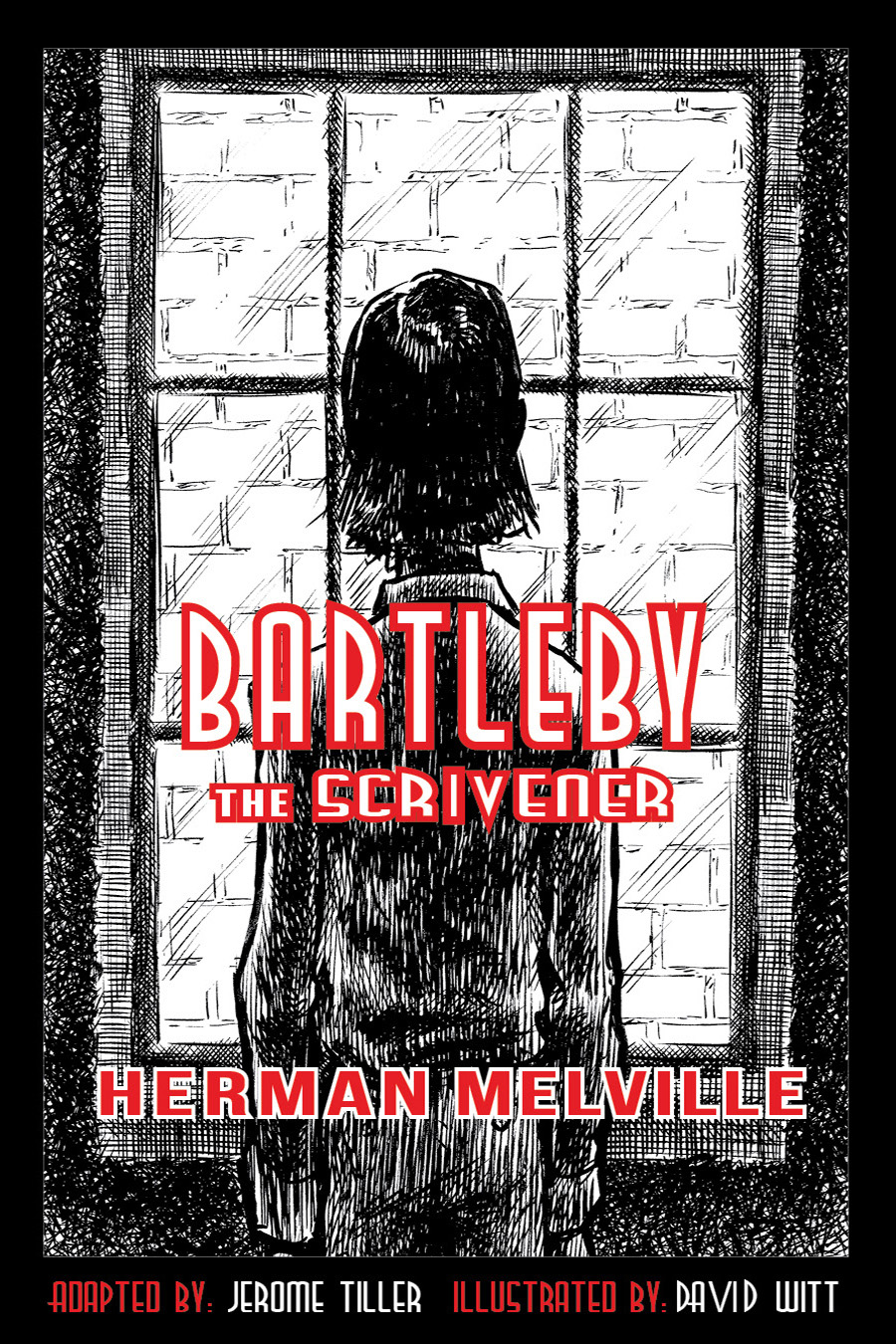Illustrated Classic Literature for middle schoolers?
Can you imagine a parent rejecting the purchase or loan of a book of illustrated classic literature for their middle school reader because picture books are for little kids? You should be able to imagine this because it probably happens all the time. Major book publishers and booksellers have seen sales of illustrated books slump during the past couple of decades. They speculate parents are responsible for the decline in sales. They think parents point kids to chapter books early on because they want their kids to rapidly advance in school. And of course, eventually succeed as adults in a highly competitive world. Might these parents then reject illustrated literature and prefer chapter books without due consideration for content? So it would seem.
Charles Dickens always employed illustrators to depict certain scenes and characters in the novels he wrote. And he intended his novels primarily for adult readers. My son Paul and I read “Great Expectations” when he was in high school. We always took long pauses to enjoy the illustrations. They definitely added to our conversations and reading experience. In fact, the illustrations in “Great Expectations” inspired me to become a publisher of adapted classic stories liberally sprinkled with illustrations. It didn’t occur to me then modern parents would view illustrated classic as too childish for middle school readers.
These and later authors even feared for the future of their art and craft. Could illustrators carry a story on their own with no need for well-written prose? Would readers dismiss the necessity of reading and prefer sequential pictorial art (and then moving pictures) to prose?
To some degree, especially as technology advanced, author's fears proved well-founded. Coincidentally, those fears are like opinions of many modern parents; i.e.; book illustrations potentially detract or distract from the written tale.
Mr. Sacks doesn’t think so, and I agree with him. We both see illustrations as fun enhancements to novels. Moreover, and without doubt, I see illustrations as fun enhancements to all literature for middle readers, including classic short stories.
[caption id="attachment_223" align="aligncenter" width="350"] Jacob & Ashley reading and enjoying illustrated classic literature[/caption]
Jacob & Ashley reading and enjoying illustrated classic literature[/caption]
Can you imagine Jacob & Ashley, heads angled parallel to the pages of a classic illustrated story, eyes scanning and minds processing lines of high quality prose, eyes shifting to neo-classic illustrations that compliment the prose, smiles indicating enjoyment at the melding of abstract and concrete? I can. Can you see a parent appearing, removing the book from their hands, replacing it with a chapter book, and can you hear that parent claim middle schoolers need to outgrow books with pictures? I can’t.
Charles Dickens always employed illustrators to depict certain scenes and characters in the novels he wrote. And he intended his novels primarily for adult readers. My son Paul and I read “Great Expectations” when he was in high school. We always took long pauses to enjoy the illustrations. They definitely added to our conversations and reading experience. In fact, the illustrations in “Great Expectations” inspired me to become a publisher of adapted classic stories liberally sprinkled with illustrations. It didn’t occur to me then modern parents would view illustrated classic as too childish for middle school readers.
Author's Fears
But perhaps parents aren’t all that much to blame for the general disregard of illustrated books. After all, according to Steve Sacks of the New Yorker magazine, around the turn of the twentieth century authors of adult novels decided that illustrations were detrimental to the content they presented in fiction. Illustrations were said to relieve the author of the responsibility to write prose that was interesting or pictorial enough in itself to engage readers.These and later authors even feared for the future of their art and craft. Could illustrators carry a story on their own with no need for well-written prose? Would readers dismiss the necessity of reading and prefer sequential pictorial art (and then moving pictures) to prose?
To some degree, especially as technology advanced, author's fears proved well-founded. Coincidentally, those fears are like opinions of many modern parents; i.e.; book illustrations potentially detract or distract from the written tale.
Mr. Sacks doesn’t think so, and I agree with him. We both see illustrations as fun enhancements to novels. Moreover, and without doubt, I see illustrations as fun enhancements to all literature for middle readers, including classic short stories.
[caption id="attachment_223" align="aligncenter" width="350"]
 Jacob & Ashley reading and enjoying illustrated classic literature[/caption]
Jacob & Ashley reading and enjoying illustrated classic literature[/caption]Can you imagine Jacob & Ashley, heads angled parallel to the pages of a classic illustrated story, eyes scanning and minds processing lines of high quality prose, eyes shifting to neo-classic illustrations that compliment the prose, smiles indicating enjoyment at the melding of abstract and concrete? I can. Can you see a parent appearing, removing the book from their hands, replacing it with a chapter book, and can you hear that parent claim middle schoolers need to outgrow books with pictures? I can’t.


